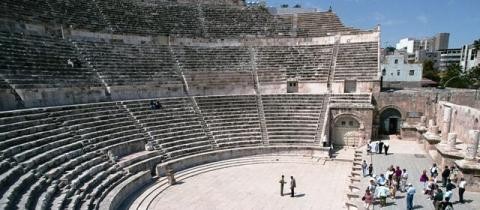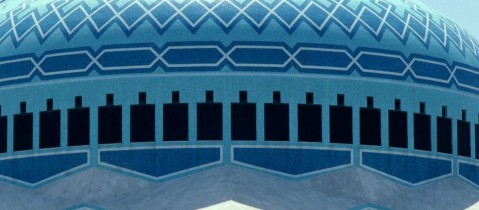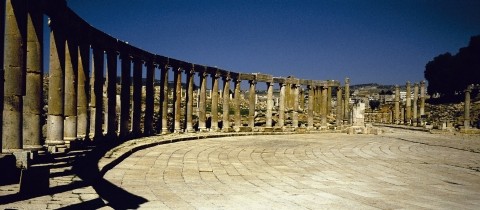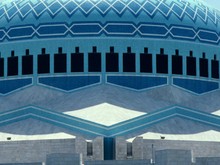Amman is the capital and is a perfect blend of old and new nestling on a hillside between the desert and the fertile Jordan Valley. The downtown area of the city is a fascinating place to explore and there is evidence of the city's much older past everywhere you turn.



 old and new nestling on a hillside between the desert and the fertile Jordan Valley. The downtown area of the city is a fascinating place to explore and there is evidence of the city's much older past everywhere you turn.
old and new nestling on a hillside between the desert and the fertile Jordan Valley. The downtown area of the city is a fascinating place to explore and there is evidence of the city's much older past everywhere you turn.